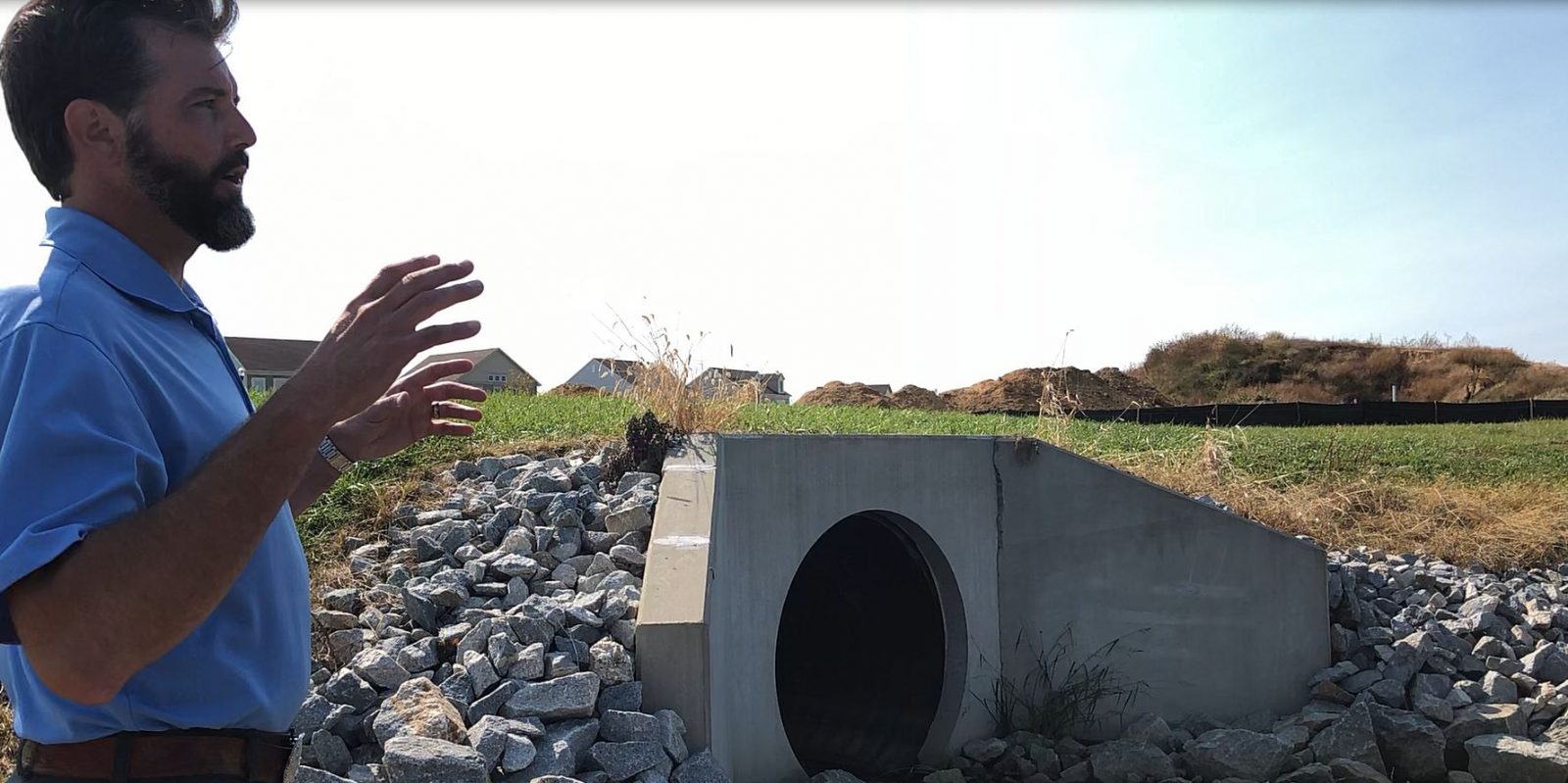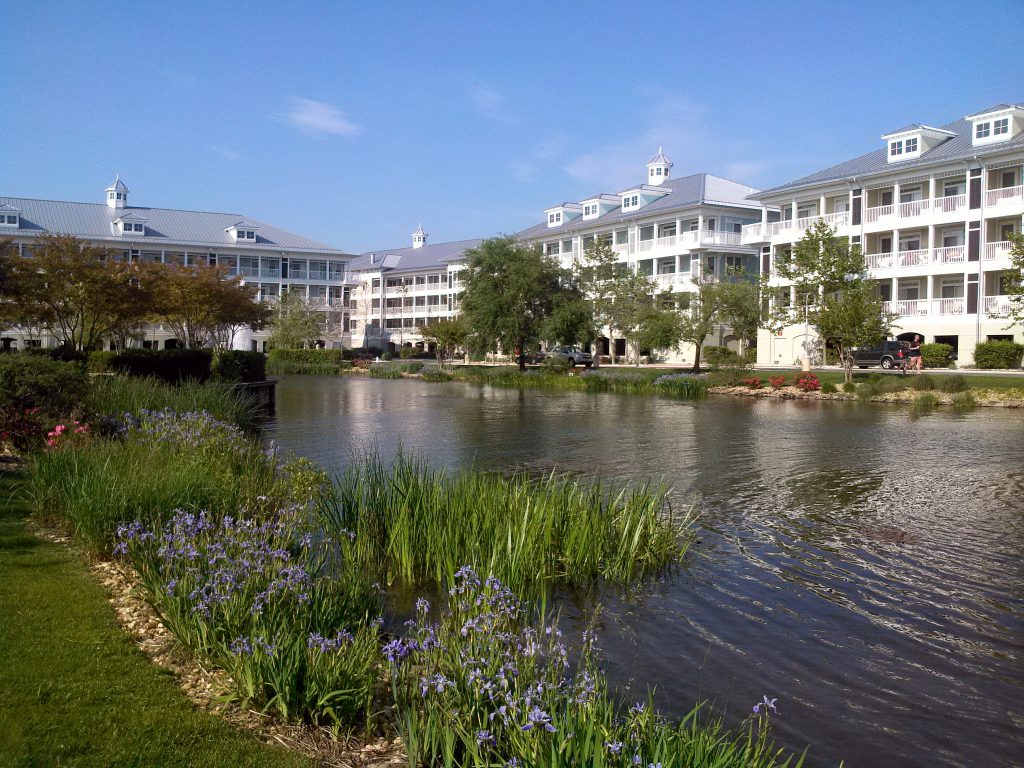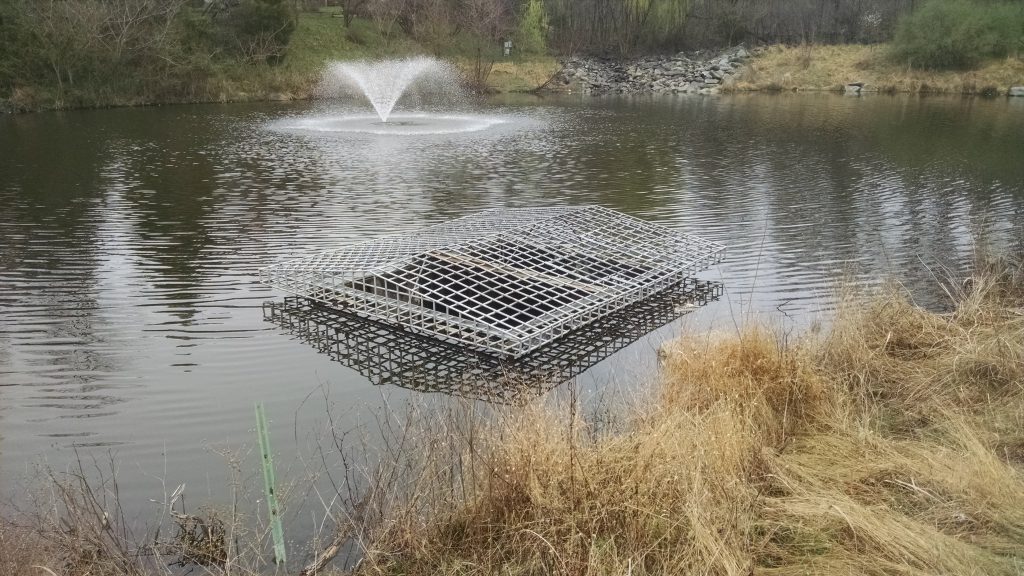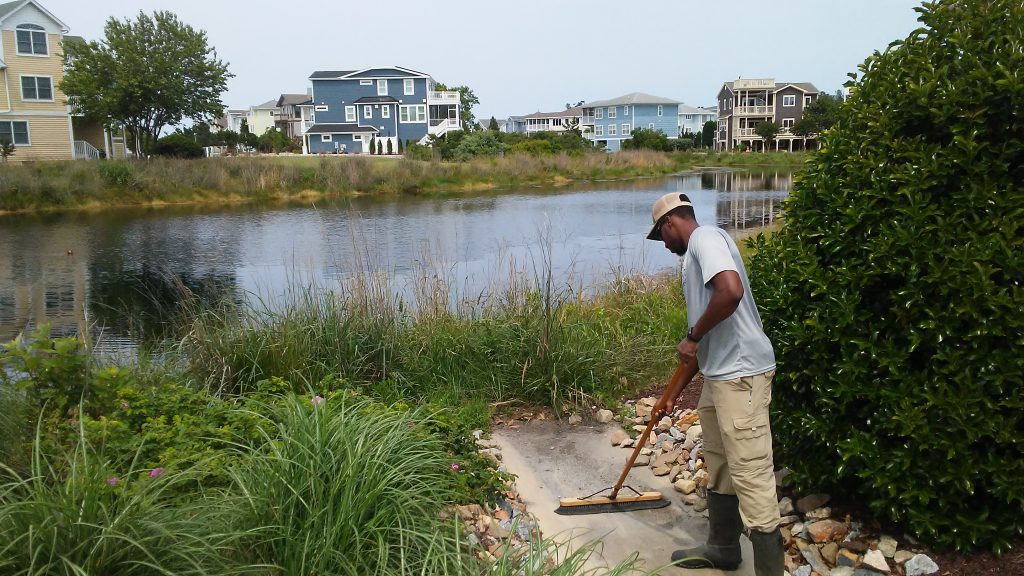
Lake and Stormwater Management Trends
As our urban and suburban landscapes become more densely populated, it is inevitable that the amount of impervious drainage area is increasing, thus contributing to increase flow rates and larger volumes of stormwater runoff. As the runoff flows over impervious surfaces, it picks up numerous pollutants such as sediment, nutrients, oil and grease, litter, heavy metals and pesticides, which adversely affect the water quality and habitat value of downstream aquatic resources. The Clean Water Act (CWA) was passed in 1972 to restore and maintain the chemical, physical, and biological integrity of our nation’s waters and it is the primary Federal law that regulates water pollution in the United States.
The Environmental Protection Agency expanded the CWA in 1987 to require that municipalities obtain permits under the National Pollutant Discharge Elimination System (NPDES) for the discharge of stormwater runoff. Total Maximum Daily Loads (TMDLs) were established, which are the maximum amount of pollutants that a water body can safely receive while still meeting water quality standards. The implementation and ongoing maintenance of stormwater Best Management Practices (BMPs) have become critical not only for compliance with TMDLs, but also to reduce erosion and mitigate flood damage.

Since stormwater TMDLs arc primarily regulated at the local level, many municipalities arc requiring that community developers implement more stringent stormwater management practices to improve the quality and reduce the quantity of runoff leaving their development sites. An emerging trend in stormwater BMPs has been to treat runoff with smaller, decentralized structures throughout the site rather than with larger retention or detention basins at the bottom of the drainage areas. Practices such as rain gardens, grass-lined swales, green roofs, level spreaders, porous pavement, sand filters and sub-surface systems are becoming more widely used than the more familiar wet ponds and dry retention basins. Local regulatory agencies are also placing a greater emphasis on the enforcement of inspection and maintenance requirements to ensure that BMP facilities are functioning properly. While most communities have maintenance programs in place for their larger wet and dry ponds, many of the smaller decentralized structures are overlooked or not even recognized as stormwater management facilities. It can cause significant financial hardships for communities when unanticipated maintenance costs arise for neglected facilities.

One of the most costly surprises for many communities can be the need for sediment removal from a wet retention stormwater pond. It is well known that these facilities are designed to capture sediment that ultimately will need to be removed, but many communities do not prepare for the magnitude of expense that the projects can require. Even communities that are in compliance with the inspection and maintenance requirements of their facilities may still be at risk for “sticker shock” if periodic Bathymetric Studies are not performed to collect sedimentation data. The studies can illustrate the location and quantity of sediment accumulation in order to assist community stakeholders in planning and budgeting for the eventuality of a major dredging event.
Although it is certainly not a new trend, the emphasis on “green” stormwater management strategies continues to grow. Specifically, implementing practices that mimic the ecological functions of natural wetland and aquatic sites to moderate, absorb, and infiltrate precipitation and runoff and to mitigate the effects of sedimentation and nutrient loading have become ubiquitous. Many new stormwater management ponds are designed to imitate naturally occurring ponds, and incorporate circuitous conveyances and native vegetation to mitigate runoff. We also recommend retrofitting native emergent vegetation into the shallow areas of existing ponds. Not only do the plants improve the functionality and reduce the maintenance requirements of the stormwater management facilities by filtering runoff and absorbing nutrients, but they also create more aesthetically pleasing features with more valuable wildlife habitat.

One trend that has been driven as much by environmentally conscious community leaders as by the lake management industry itself, is a greater focus on non-herbicide strategies for algae and nuisance vegetation control in wet pond environments. Traditional reactionary management programs involve periodic treatments of vegetation blooms with aquatic herbicide products. Although this strategy will temporarily clear up the blooms, the nutrients will be recycled through the system to fuel future blooms. More proactive and comprehensive vegetation management strategies are geared towards water quality improvement to minimize the conditions that are conducive to bloom formation. An integrated approach that includes strategies such as aeration, nutrient remediation, beneficial bacteria, and aquatic dye to help reduce the prevalence of blooms is more effective for long-term environmentally sustainable management.
Regardless of the age of a community or the types of stormwater management practices that are installed on the site, it is imperative that the facilities are properly identified and documented and that ongoing and sustainable inspection and maintenance programs are implemented.
Who We Are
SOLitude Lake Management is a nationwide environmental firm committed to providing sustainable solutions that improve water quality, enhance beauty and preserve natural resources.
SOLitude’s team of aquatic scientists specializes in the development and execution of customized lake, stormwater pond, wetland and fisheries management programs. Services include water quality testing and restoration, algae and aquatic weed control, installation and maintenance of fountains and aeration systems, shoreline erosion control, muck and sediment removal and invasive species management. SOLitude partners with homeowners associations, golf courses, private landowners, businesses and municipalities. SOLitude Lake Management is part of Rentokil, a leading business services company, operating across the United States, Canada and Puerto Rico.
For more information, visit SOLitude Lake Management at solitudelakemanagement.com, and connect on Facebook, LinkedIn, Twitter, Instagram and YouTube.









